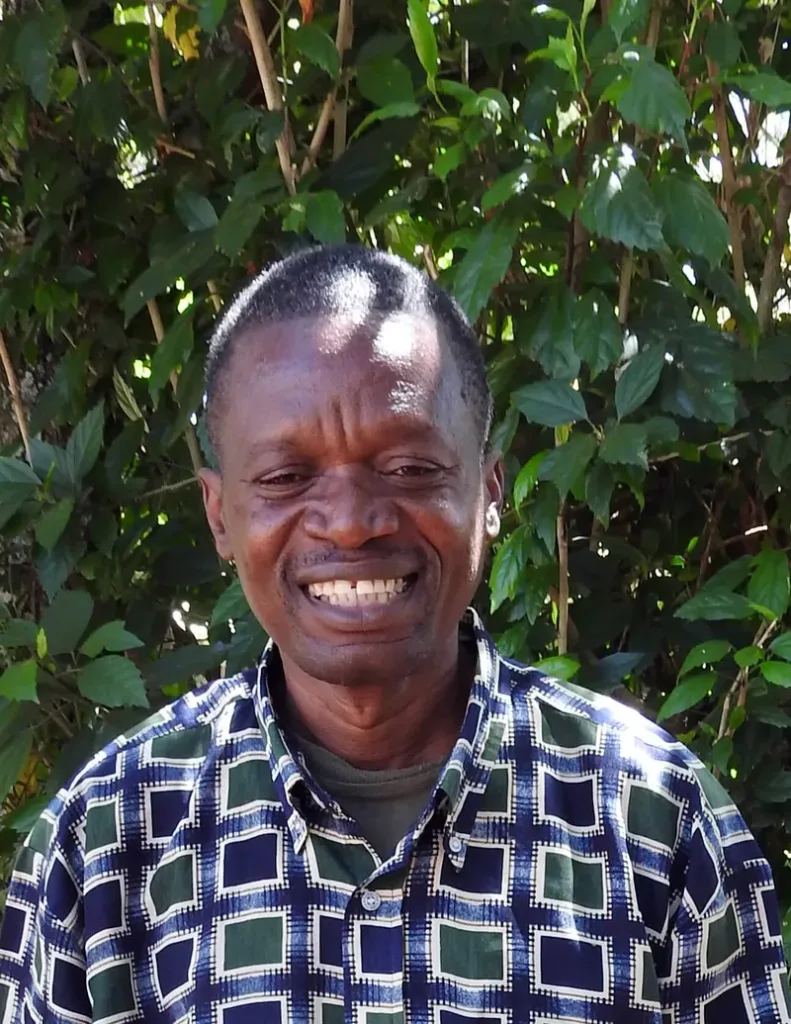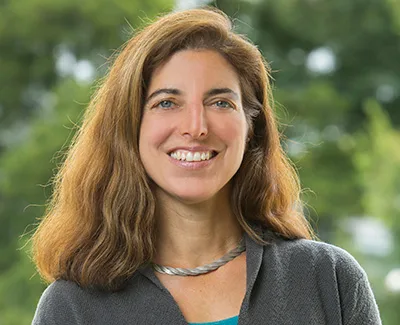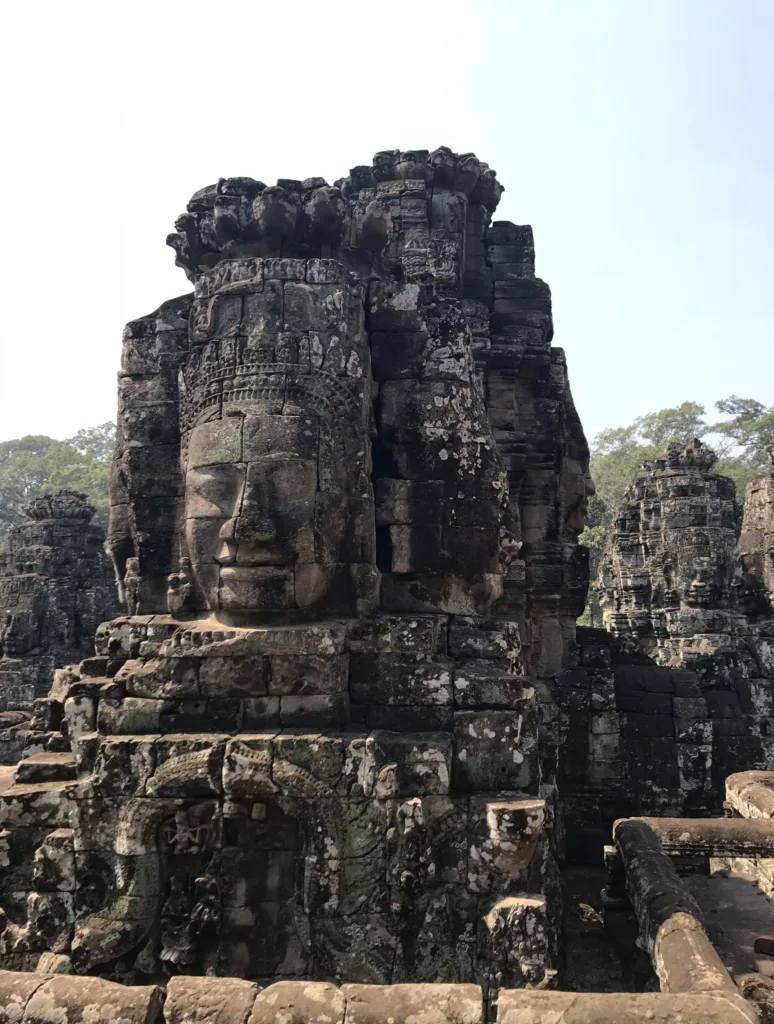
By: John Mwamhanga, M.S.
Alumni Profile: Claudia Polsky

Name: Claudia Polsky
Education: B.A. Harvard University; M. Appl. Sc. Lincoln University, New Zealand; J.D. UC Berkeley Law
SFS Program: Acid Rain & Limnology, Adirondacks (NY State), Summer 1983; Volcanic Geology, Mt. Vesuvius (Italy), Summer 1984
Current Position: Director, Environmental Law Clinic at UC Berkeley School of Law
Why did you choose SFS as a study abroad program?
I was drawn to the summer programs that SFS offered because I wanted to try environmental field science. I had always loved science, and loved the outdoors, but had never had the opportunity to combine the two by studying and doing empirical scientific work in the real world rather than a school lab.
Reflecting back on your time in the program, what did you gain from your SFS experience?
I gained so much from my SFS programs that it’s hard to know where to begin. I not only learned an enormous amount of science, but I found that I really retained it, because it was so grounded in direct, multi-sensory experiences: when I think about lake acidification, I remember trying to do accurate titrations with leaves falling into our sample beakers, and fighting to get an accurate water visibility reading with a secchi disc from a wind-tossed inflatable boat. When I think about dodecahedral crystal forms in volcanic rocks at Mount Vesuvius, I remember how those hot black volcanic rocks also helped us melt fresh mozzarella and tomatoes for our incredible rustic lunches atop the volcano.
I also learned a huge amount from my fellow students. In particular, during the SFS program I did right after high school, I became close friends with two older female geology majors, whose influence steered me to study geology in college.
What is your most profound or lasting memory from your SFS program?
From my program studying acid rain in the Adirondack Mountains of New York, I remember a lesson on aquatic chemistry that we had while dangling our feet in a clear mountain stream. Talking about pH and various rocks’ differential buffering capacity with our toes in the relevant ecosystem really made an impression on me, and I think also helped me grasp some new chemistry concepts.
From my program studying the explosive patterns of Mount Vesuvius to help predict future eruptions, I remember an extraordinary night our crew spent atop the active volcano Stromboli, recording its eruptive frequency, but mostly just being awed by the beauty and miracle of watching fiery eruptions up close against a pitch-black sky. I can still hear the sizzle of the lava as it slid downslope to its quenching in the Mediterranean.
What advice would you give to a prospective SFS student?
Throw yourself into everything – the physicality of the projects (some of ours were quite strenuous), the difficulty of the journal articles you’ll read, the diversity of your team mates, the language of the country you visit. There are few things you will do in life that will give you the opportunity to learn and stretch across so many dimensions at once.
Tell us more about your career in environmental law. What accomplishments are you most proud of?
I’ve spent my whole career as an environmental professional, with the past 20 years of it as an environmental lawyer working for nonprofits and government agencies.
Over the past decade I’ve been deeply involved in helping California develop a regulatory system for addressing toxic chemicals in consumer products. My involvement has taken many forms, from living room strategy sessions with environmental activists to a stint directing a Pollution Prevention and Green Chemistry program at our state toxics agency. The part I most enjoyed, however, was working with a team of scientists, lawyers, and policymakers over a couple-year period to draft a complex and comprehensive set of product regulations and try to make them as defensible as possible in light of anticipated industry attack. I felt like we were charting new and important ground, doing something that was both intellectually and practically challenging, and had real-world impact. This spring, Congress finally overhauled the very outdated Toxic Substances Control Act of 1976; this was an implicit recognition that California and other states had gotten way ahead of our national government in addressing toxics exposures.
During the same period that I was working on macro-level toxics issues, I was pursuing a variety of legal angles to address a very specific exposure threat: the emission of semi-volatile chemical flame retardant chemicals from upholstered furniture, which are known carcinogens and also increasingly demonstrated to be neurotoxins, and turn out to be one of the big indoor air quality threats in our homes. I was ultimately able to both advise the California agency that promulgates fire retardancy standards as it reworked its regulations to obviate the need for manufacturers to include toxic flame retardants in household furniture, and to represent that agency in litigation to defend its new regulations successfully in the face of challenge from the flame retardant industry.
In late 2015, I was able to buy a couch for my new office that was among the first couches sold since the mid-1970s in my state that did not contain toxic flame retardants. I feel victorious every time I sit on it! And grateful for the opportunity to work on issues that affect human health and the environment very directly.
I now direct the Environmental Law Clinic at UC Berkeley School of Law, where I’m helping to train a next generation of environmental public interest and public-sector lawyers. Clinical law teaching involves a combination of academic instruction and hands-on legal projects for real clients. In that way, it’s very much like SFS – experiential rather than abstract learning. In a given day, I might teach a seminar on persuasive legal writing, meet with student teams working on projects related to water pollution or global warming, and then work on a conference presentation related to toxic chemical exposures, which is one of my main areas of expertise.
Did your SFS experience contribute to where you ended up?
Very directly. SFS definitely deepened my environmental issue knowledge, interest, and career commitment. But as important, it made clear to me that although I’m fascinated by science, I don’t actually enjoy empirical scientific work – when I read scientific journal articles, I am always interested in the abstract and the conclusions, but really glaze over reading about methods. Figuring out through SFS that I wanted to have an environmental career that involved working on science-intensive issues and working with scientific experts, but not do the science myself, was very helpful in steering me towards a career in environmental law and policy.
Are you still connected to other SFS folk?
Yes, I’ve maintained close friendships with two tent-mates from my SFS summers: we are still in touch after 30 years, and have enriched each others’ lives in many ways.
What advice do you have for other SFS alumni looking to get into your field?
Environmental work is incredibly varied, and all of its variants are necessary to confront the daunting planetry challenges before us. Along the route to becoming an environmental lawyer, I seriously considered environmental science and environmental journalism, and also spent several years doing land conservation work for The Nature Conservancy. It may take some experimentation to figure out where the tasks you like to do, the skills you have, and the type of impact you’d like to make all converge; programs like SFS are fantastic for letting you explore a number of permutations and find a good fit.
Related Posts

Alumni Reflections: Stories of the Return to Kenya

